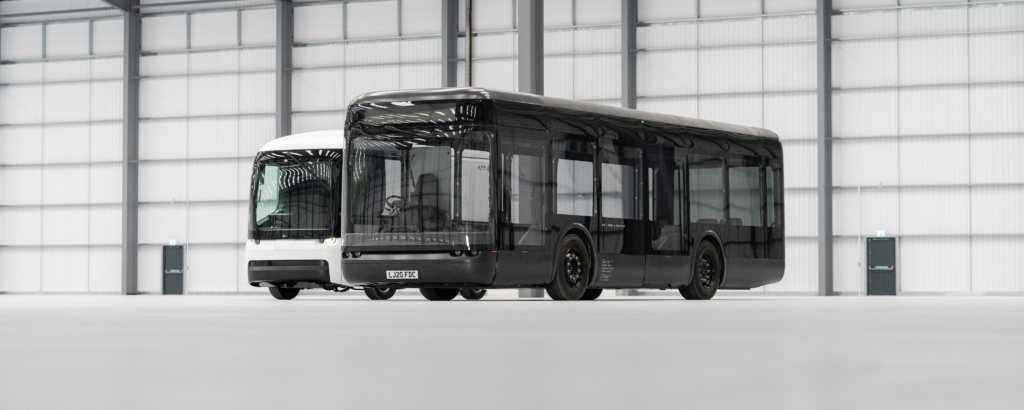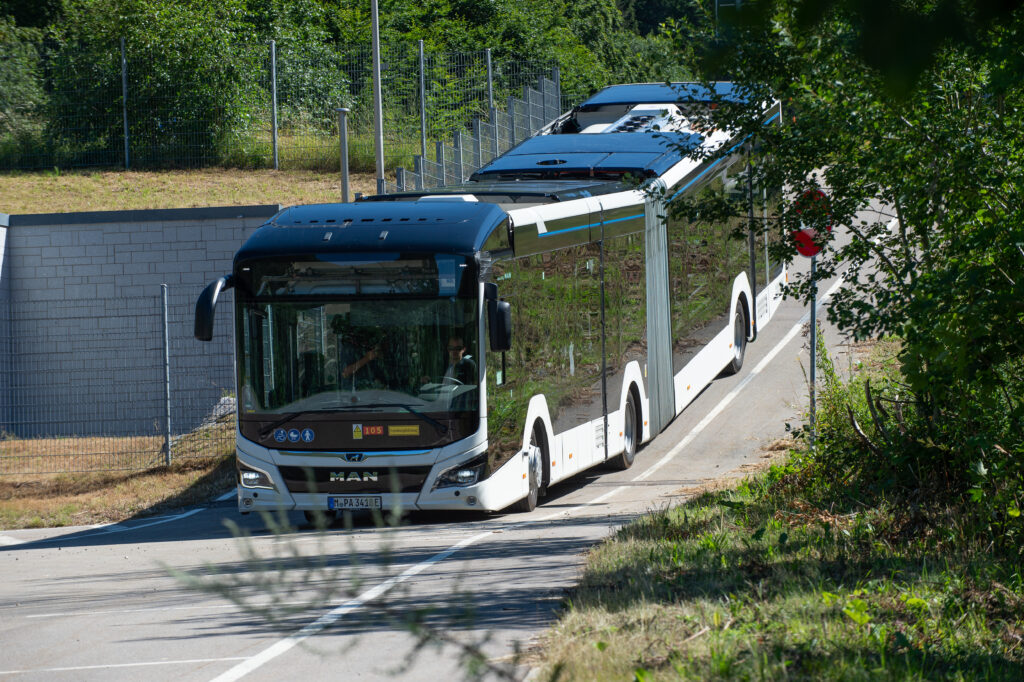E-buses on the move
- PostedPublished 17 September 2021

Incentives, manufacturing, models and deployment bolster global E-bus surge
New York governor Andrew Cuomo has announced an additional $16.4 million ($A21.2 million) in funding to increase the size of the city’s electric bus fleet.
The move, which is among the latest swathe of funds set to boost the scale and increasingly widespread nature of all-electric buses, forms part of the State’s strategy to improve air quality, reduce its environmental impact and to create better communities – in part through health improvements, and in part through providing increased access to cleaner transportation.
Cuomo has also announced an additional $A2.5 million in funding for low-emissions transport for schools, which will help remove an array of excessively polluting vehicles from service. This, in conjunction with more electric vehicles, will help cut emissions.
“Electrifying transit and school buses at scale is an important step in our fight against climate change,” said Cuomo. “Through these initiatives, bus operators will now have the support and resources they need to modernise their fleets, reduce emissions and ensure underserved communities have cleaner public transit options.”
New commercial and transit electric vehicle manufacturers are making inroads into the United States as well, which will further bolster the availability and uptake of zero-emissions vehicles.
Electric van and bus manufacturer Arrival, which was founded in the United Kingdom in 2015, is among such suppliers. It recently announced that it is establishing North American headquarters in Charlotte, and that it is collaborating with the city, public and private organisations to increase the uptake of electric vehicles.

Mike Ableson, chief executive officer of Arrival Automotive North America, said: “This partnership forms a roadmap in how we design a regionally integrated transportation ecosystem that pulls together components like EVs, charging infrastructure and digital mobility services, to enable more cities to achieve their zero-emission goals, connect local communities and future-proof transportation networks.”
Arrival’s new headquarters, in which it is investing $A3.9 million, will add 150 employees to its current global roster of some 1300. The company is also set to open its first two production facilities, dubbed “microfactories”, in 2021; the first will be in South Carolina, in the United States, and the second in Bicester, in the United Kingdom.
Arrival states that its microfactories are rapidly scalable, making them ideal for start-up operations, and that its in-house components and designs enable it to produce vehicles that are competitively priced when compared to conventional fossil-fuelled ones – and, beneficially, that they offer lower ownership costs.
Mainstream manufacturers continue to wade into the electric bus fray, too. MAN Truck & Bus, for example, recently began series production of its new all-electric Lion’s City 12 E bus. It’s offered in a range of configurations, can seat up to 90 passengers and has a real-world range of up to 200km. In favourable conditions, up to 270km on a single charge is possible.
Tata Motors, similarly, recently completed a delivery of 26 electric buses to the Brihanmumbai Electric Supply and Transport (BEST) civic division in India. The buses are part of a larger 340-strong order and, to date, Tata Motors has delivered 215 electric buses to five different cities in India.

- CategoriesIn SightGlass
- TagsSightglass News Issue 23

